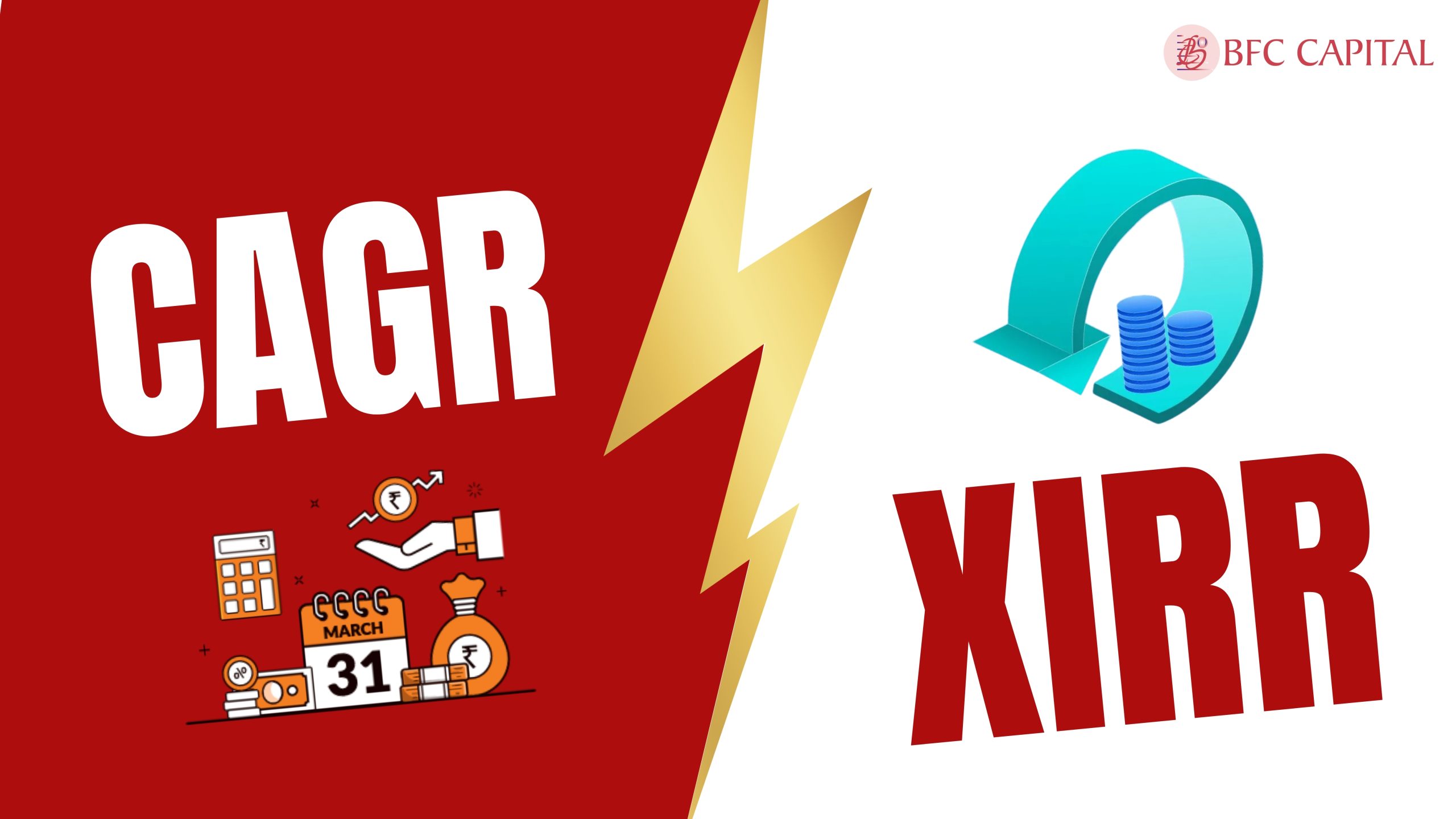
Inflation is the biggest for all the investors out there. As inflation rates increase, it affects the mutual fund returns. However, you can’t have capital gains without taxes. The same goes for mutual fund profits. Fortunately, you have indexation in Mutual fund investing to eliminate your worries.
Indexation in mutual funds involves altering the cost of the investment to keep up with inflation from the period of purchase to sale. However, investors gain the upper hand by lowering the amount of capital gains subject to tax, which leads to lowering the tax burdens.
Here, we will cover everything you need to know about indexation in mutual funds.
Table of Contents
About Indexation In Mutual Funds
Indexation in Mutual Funds refers to a process that showcases the real-time scenario of how inflation deeply impacts the value of your investment since your first investment. It is equal to modifying the original price to turn out to get the current market price.
With inflation entering into the picture, it delivers a more accurate picture of your investment’s current value.
Before 1 April 2023, the indexation benefit goes for the capital gains which was earned by investing in other funds over equity-oriented funds.
Before 1 April 2023, you will determine Short-Term Capital Gains if you continue to stand on a Fund other than a Fund that falls towards equity for less than 36 months. In contrast, investors determine long-term capital gains when the investment exceeds 36 months.
These funds include STCG in their taxable income, which is taxed according to the new guidelines. Meanwhile, LTCG is taxed at 12.5%, even though it used to be taxed at an indexation rate.
Historically, indexation has lowered the tax due on the purchase or acquisition of debt scheme units through the adjustment of inflation.
New Taxation of Mutual Funds Investment Budget 2024
New Taxation of Mutual Fund investment for Budget 2024 has entered the play keeping in line with the indexation benefit. Here is what Taxation budget for 2024 brings to the table:
- To get eligible for the short-term or long-term capital assets, you will be hit up by only holding periods of 12 and 24 months. If anyone holds the listed security for more than 12 months, it will be termed as long term securities. Listed” here means that a stock is listed on an Indian stock market. However, all the other asset classes that you hold for more than 24 months will be taken as long-term. All these new rules will come into life from July 23, 2024.
- The tax rate on LTCG has been set at 12.5% across all assets. With Budget 2024, investors won’t get indexation benefits anymore. Formerly, some assets were subject to 20% LTCG tax with indexation and 10% without indexation. The rise in the LTCG tax without indexation became effective on July 23, 2024.
- There will be a 20% tax on short-term capital gains made on stocks, equity funds, and business trusts (InvITs and REITs) versus 15% in the past. No change was made to the STCG rate for other assets in the budget. It will begin to step into the effect from July 23, 2024 when the STCG tax will be higher.
- The profits that you receive from debt mutual funds, debt ETFs, market-linked debentures, unlisted bonds, and unlisted debentures are not considered as short-term capital gains.
How Indexation in Mutual Funds is Beneficial for Investors?
Indexation in mutual funds puts a range of benefits to the table for investors, ranging from informed investment decisions and saving money in the long run. The following are the key advantages of counting on indexation in mutual funds:
Reduces your tax liability
A capital gain may be indexed to lower the tax you pay on it over time. Inflation-adjusted purchase prices reduce your taxable gain, making selling mutual fund units easier.
Adapts to inflation
Inflation is behind decreasing the value of money over a given period. With indexation in mutual funds, you get to appreciate the purchase price of your investment to reflect inflation.
With this adjustment to the rescue, you can continue to prevent overstating your gains and make sure that taxes are calculated proficiently.
Invests in the long-term
Indexation benefits investors who continue to hold their investment for the long term specifically for more than three years.
Hence, such benefits allow investors to remain invested over the long term, which results in better returns and a greater return on investment.
Improves post-tax returns
The indexation process helps you improve your post-tax return by reducing your taxable capital gain. Consequently, you can retain a greater percentage of your investment’s profits.
Streamlines tax planning
Indexation in mutual allows you to enjoy the benefit of much-streamlined tax planning. By getting into the depth of getting the benefit from lower taxes on your long-term investments, you can make informed decisions regarding your purchasing power and selling power in mutual funds.
More accurate gains
With steps of inflation in mutual fund investment, indexation continues to ensure that you get an accurate return on your investment. It allows investors to dig deeper into how their investments are performing and provides an accurate picture of their real gains.
How do you calculate indexation in mutual funds?
Here is a simple formula that allows you to calculate indexation in mutual funds:
Indexed Cost = Actual cost or cost of purchase × (CII of the year of sale / CII of the year of purchase)
Investors can calculate the modified price by dividing the CII from the sales year by the CII from the acquisition year and multiplying it by the actual purchase cost. This is essential for calculating the long-term capital gain.
To get on the verge of determining indexed capital gain, here comes the formula. To determine the accurate price, you need to subtract the investment price from the sale price to get the indexed cost of acquisition.
Let’s understand with the help of example:
Let’s imagine one of the investors invested in mutual fund units for Rs. 250,000 in the financial year 2016-17 (CII = 250) and were sold in 2024-25 (CII = 300). By adhering to the indexation formula, we can determine the indexed cost as (300/250) x Rs. 250,000 = Rs. 3,00,000.
Conclusion
Indexation in mutual funds work best for investors in reducing their tax liability while maximising their returns. Getting a good grip on the benefits and calculations allows you to make informed investments. Leveraging indexation is a smart move when you are taking on the world of investing and maximising your after-tax returns.
Please share your thoughts on this post by leaving a reply in the comments section.
Also, check out our recent post on: “What is Standard Deviation? – Meaning, Formula & Uses“
To learn more about mutual funds, contact us via Phone, WhatsApp, Email, or visit our Website. Additionally, you can download the Prodigy Pro app to start investing today!
Disclaimer – This article is for educational purposes only and by no means intends to substitute expert guidance. Mutual fund investments are subject to market risks. Please read all scheme-related documents carefully before investing.

Assistant Vice President – Research & Analysis
Akash Gupta heads the Research & Analysis department at BFC CAPITAL, where he combines in-depth market insights with strategic analysis. He holds multiple certifications, including:
- NISM-Series-XIII: Common Derivatives Certification
- NISM-Series-VIII: Equity Derivatives Certification
- NISM-Series-XXI-A: Portfolio Management Services Certification
- IRDAI Certification
With his expertise in equity, derivatives, and portfolio management, Akash plays a key role in providing research-backed strategies and actionable insights to help clients navigate the investment landscape.







